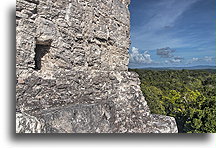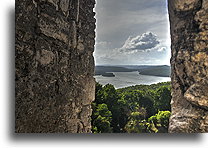Yaxha on the shores of Guatemalan Yaxha Lake is a close neighbor of Topoxte. It is a Maya city that has a long history. It was inhabited between 600 BC and AD 900. In between AD 250–600, it had strong ties to the distant Teotihuacan near modern today Mexico City. Today's ruins of Yaxha are the remains of over 500 structures.

Yaxha was densely populated, more populous than most other Maya cities. Ten main communication routes have been identified in the city. Some roads had a thick paved surface. This made it possible to transport on rollers heavy materials such as stelae or altars from the quarry to their destinations.
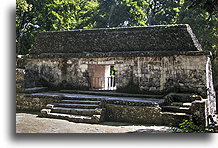
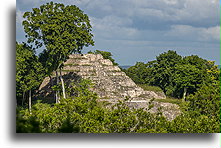
The groups of buildings we call observatories today are not oriented to the astronomical north. Their main task was to observe the movement of the sun. The location of the temples associated is with the position of the sun during the summer and winter solstices.
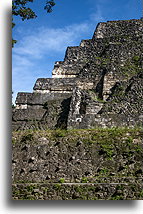
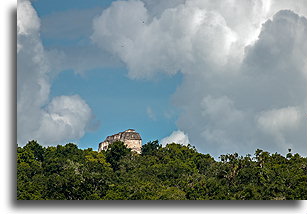
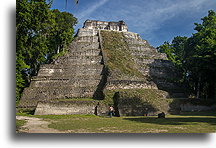
The North Acropolis is the oldest in Yaxha, all the buildings contain older structures inside. The arrangement of buildings represents sacred aspects of the Maya universe where seven carried the important meaning. Maya recognized seven directions: east, north, west, south, sky, underworld, and the center. The north side of the acropolis with a pyramid organized in seven terraces represents the sky. Lake Topoxte on the south is the domain of darkness and represents the underworld.
